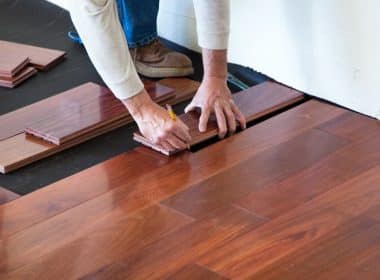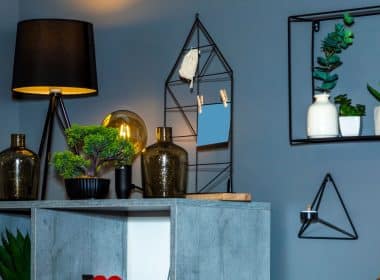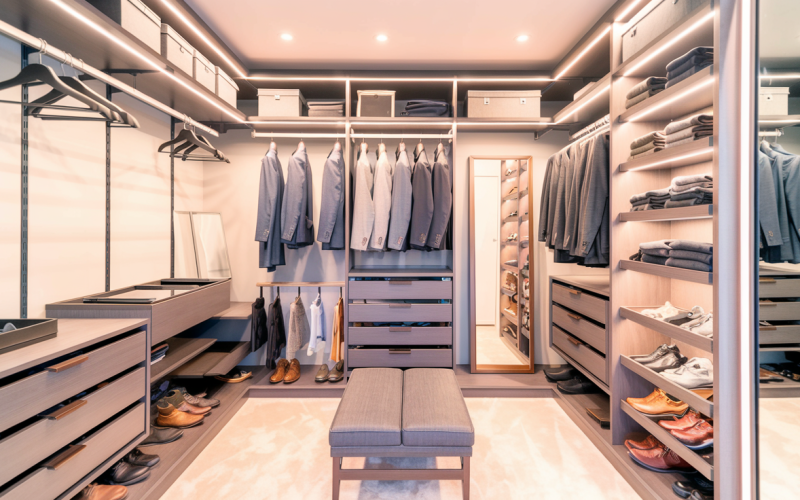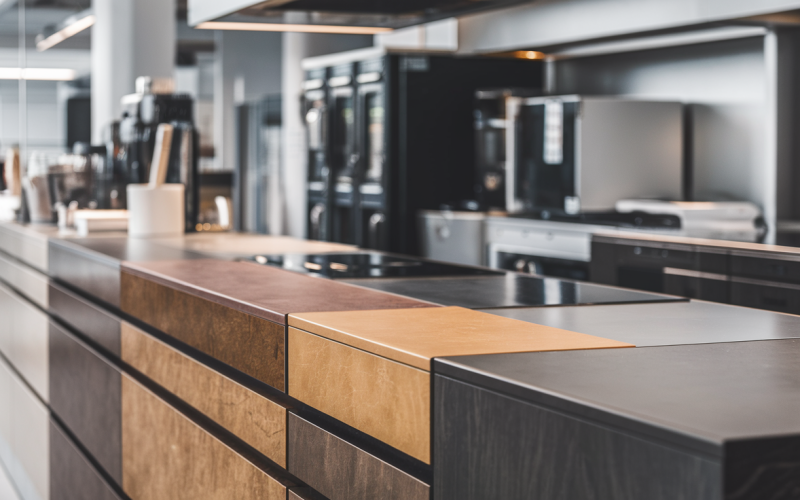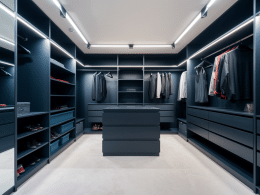A well-organized men’s closet makes daily life easier. In this blog, we’ll look at different closet types and how to choose the right one for your home.
We’ll also cover how to clean out your old clothes, plan your storage needs, and add the right items to keep everything in order.
Whether you have a small reach-in closet or a large walk-in space, the right setup will help you find what you need quickly.
Let’s learn how to turn your messy men’s closet into a clean, useful space that works for your lifestyle.
Choosing the Right Closet Type
1. Walk-in Closets

A walk-in closet is a room-sized space for your clothes and shoes. You can step inside and move around.
Pro: Lots of storage space for all your items.
Con: It takes up more room in your home and costs more to build.
2. Reach-in Closets

A reach-in closet is the common type with doors. You stand outside and reach in to get your things.
Pro: Fits in most homes and costs less.
Con: Limited space means you might need to be more careful about what you keep.
3. Built-in Closets

Built-in closets are made to fit a specific wall or corner and become part of the room’s design.
Pro: It can be made to match your room perfectly.
Con: Hard to change later if you want a different style.
What Works for Different Spaces and Budgets
Choose the closet that fits your space and budget. Consider how many things you need to store and pick the option that works best for you.
| Closet Type | Best Space For | Budget Level |
|---|---|---|
| Walk-in | Large bedrooms | High |
| Reach-in | Small to medium rooms | Low to medium |
| Built-in | Any room size with wall space | Medium to high |
Planning Men’s Closet Design

Declutter First
Start by taking all your clothes out. Look at each item and decide if you still wear it. Put things in piles: keep, toss, and give away.
Be honest with yourself about what you really use. This will free up space for items you love and wear often.
Take everything out of your closet and look at each item. Try on clothes you’re not sure about to see if they still fit.
Set aside things that don’t fit right or that you don’t enjoy wearing anymore. Be strict with yourself to make real progress.
Donation vs Repurposing
When you have items to remove, think about where they should go next. Clean, good-looking clothes can be donated to charity shops or shelters.
Old t-shirts and worn clothes can become cleaning rags or project materials.
Nice items you no longer want might be sold online or at local shops. Based on its condition, choose the right path for each item.
Take Inventory and Define Needs
Count what’s left after cleaning out your closet. Think about your daily life and what clothes you need most.
This will help you determine how much hanging space, shelf space, and drawers to plan for.
Your work clothes need more hanging space to stay neat. If you dress up for work, set aside room for suits, dress shirts, and work pants.
Plan for folded shelf space for casual clothes like jeans and T-shirts.
Your gym clothes and sports gear need their spot, too, maybe in drawers or bins where they can be grabbed quickly.
Accessories and Gear
Remember the small things that need homes, too. Shoes work well on a rack or shelf where you can see all pairs.
Small items like belts, ties, and scarves can go in small bins or trays.
Bags and hats might hang best on hooks or pegs on the wall or door. Having spots for these items keeps them from making a mess.
Layout and Storage Essentials

- Double Hanging Systems: Two hanging bars, one above the other, for shirts, pants, and shorter clothes to double your hanging space.
- Drawer Towers & Shelving Units: Storage blocks with drawers and open shelves for folded clothes, sweaters, and other items you don’t need to hang.
- Shoe Racks and Towers: Special shelves or stands that hold shoes in rows or slots, keeping pairs together and making them easy to find.
- Tie, Belt, and Accessory Racks: Small, thin racks with hooks or loops to hang and show ties, belts, scarves, and jewelry without tangles.
- Pull-out Hampers and Hidden Storage: Bins that slide out for dirty clothes and secret spots behind panels or in corners for less-used items.
Style and Personalization of Men’s Closet
What to Hang and What to Fold
To avoid wrinkles, hang suits, shirts, dresses, and skirts using the proper hangers for each type of item.
Fold t-shirts, jeans, sweaters, and knits to save space and prevent stretching.
Don’t overstuff your closet. Leave room between items for airflow to prevent musty smells and wrinkles.
Material and Color Choices
Darker colors like navy, gray, and brown work well for men’s closets. They hide dirt and keep the closet looking clean longer.
Woods like oak and walnut add a rich look but cost more. Laminates offer similar styles at lower prices and need less care.
Match the closet to your bedroom style for a put-together look.
Decorative Touches
Good lighting helps you see clothes in their true colors. Add a full-length mirror to check your outfit before heading out.
A small bench or stool gives you a place to sit while putting on shoes. Display your watch collection or cufflinks in clear cases.
Line up your best shoes on open shelves where you can see them and grab them quickly.
Add-on Features
A watch winder keeps your automatic watches running when not worn, while a hidden drawer safe protects valuables.
Pull-out valet rods provide a spot to plan outfits or hang dry cleaning. A small chair or bench is also added for comfortable shoe-putting.
For tech fans, motion-sensing lights turn on when you walk in, and motorized racks bring high clothes down to your reach.
Upgrade Hangers and Hardware
Throw away wire hangers that cause bumps in shirts and weak plastic ones that break easily.
Switch to uniform wood or velvet hangers in the same color to improve the appearance of your closet and keep clothes safe.
Matching hangers create a neat look and help clothes hang at the same height.
For hardware, try matte black or brushed brass pulls and hooks that look good and work well. Small touches like these make a big impact.
Tips for Long-Term Success
- Put items back in their spots after each use
- Group like items together by color or type
- Sticking to systems, you can easily maintain
- Shopping habits that support organization
- A monthly maintenance checklist to review what works
Wrapping Up
A good men’s closet isn’t just about storage—it’s about making your daily routine smoother.
By picking the right closet type, organizing your clothes properly, and adding helpful features, you can create a space that works for you.
Start small by sorting through your clothes this weekend. Then add one new storage solution each month.
Soon, your men’s closet will be a place where everything has its spot.
Try taking a before picture now and an after picture in three months—you’ll be amazed at the change.

